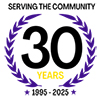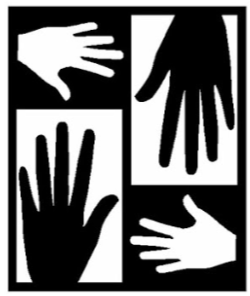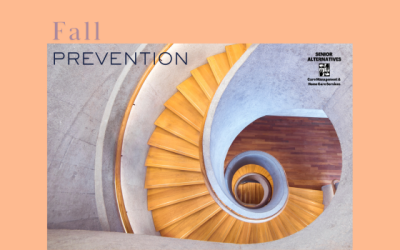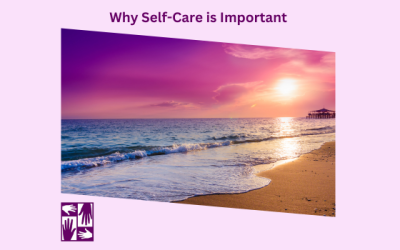October 30, 2012

The Alzheimer’s Association reports that 60% of people suffering from dementia will display symptoms of wandering. Wandering can be dangerous and will often require a variety of interventions or supervision to keep them safe. In this blog we explore the most common forms of wandering, possible remedies for wandering, and how to correctly respond.
Wandering Aimlessly in the Home Environment
When a person wanders aimlessly throughout his or her own home, it is often a sign of agitation or restlessness. For these individuals, providing regular exercise may help to reduce the restlessness. Engaging them in pleasurable activities at which the person can feel successful and accomplished can also be helpful.
Asking to “go home.”
Often the person will be looking for someone or something or wanting to “go home.” The person may ask about his or her parents or children, indicating that “home” may not be an exact location, but more of a feeling of being reassured by the presence of past or present loved ones.
Reassurance and redirection may help comfort and distract people suffering from this form of wandering. Saying something like, “I am here and I love you, let’s go for a walk together” may successfully distract. Taking them for a short ride in the car may also be a sufficient way to alleviate the anxiety.
Wandering Away from the Home or Caregivers
The most serious and potentially dangerous form of wandering is when the person leaves their home or the supervision of their caregivers. It is important to plan for this “worst case scenario” by taking the considering these precautions:
Placing locks in a location that is out of the line of sight may deter persons with memory loss. Doorknob protectors for toddlers will work for some people. A bell or alarm to detect opening of the outside doors will alert the caregiver to attempts at exiting the home.
Label all articles of clothing with name and contact information. Have a recent photo on hand.
Enroll the individual in a program of identification like the Safe Return program through the Alzheimer’s Association (MedicAlert+ Alzheimer’s Association Safe Return at 1.800.625.3780), which uses a national database and is a universally recognized system.
There are also various electronic tracking and monitoring systems that can be explored with your care manager or other professionals.
Keep a log of when the person becomes agitated or restless. If a pattern of behavior is recognized, it may be possible to plan activities that can help alleviate the symptoms. When a person begins to wander, it is essential that they are not left unsupervised.
For more information on how to keep someone with dementia safe, please contact Senior Alternatives.
Keep a log of when the person becomes agitated or restless. If a pattern of behavior is recognized, it may be possible to plan activities that can help alleviate the symptoms.
Related Articles
September is Fall Prevention Awareness Month
As we get older, a simple trip or fall can have serious consequences, impacting our mobility and confidence. The good news is that most falls can be somewhat preventable, read on for more tips…
Funding Options for Older Adults
This guide will walk you through the many ways to pay for senior care and support, it will show how families and elders can supplement care and senior housing.
International Self-Care Day 7/24
The date, 7/24 symbolizes the idea that self-care should be practiced 24 hours a day, 7 days a week. It’s a gentle nudge to make self-care a daily priority, not just a once-a-year activity. Read more on ways to create a self-care plan.





